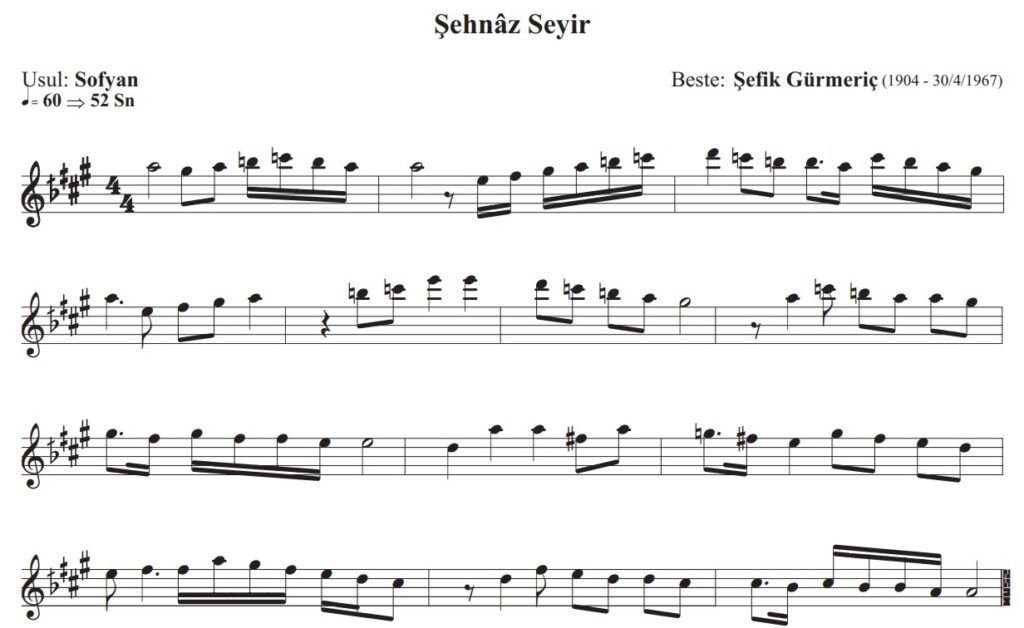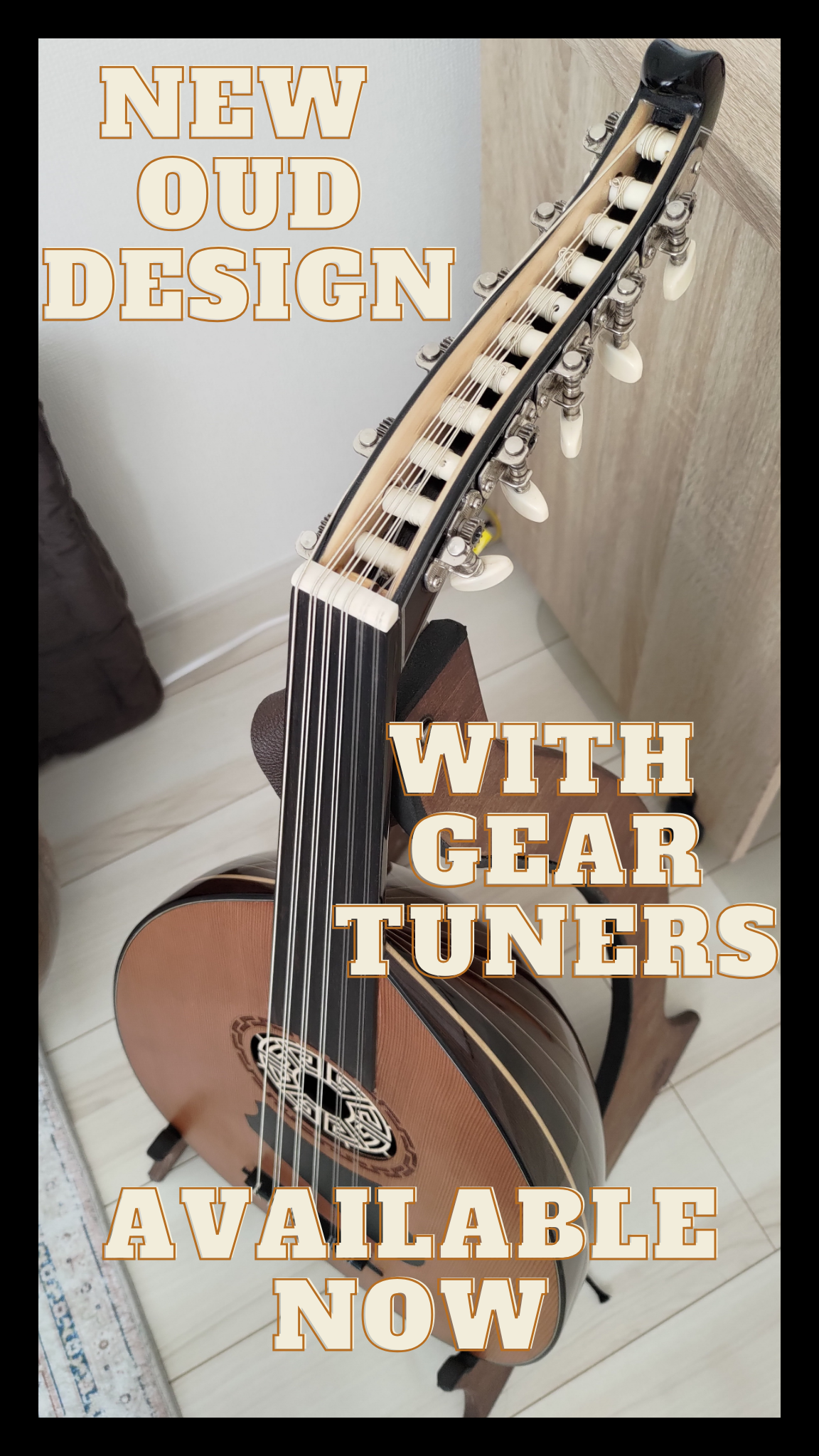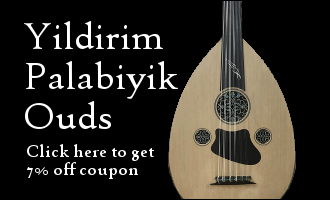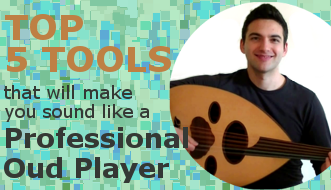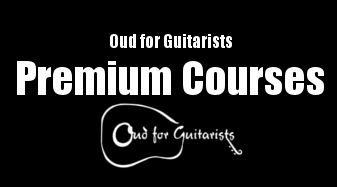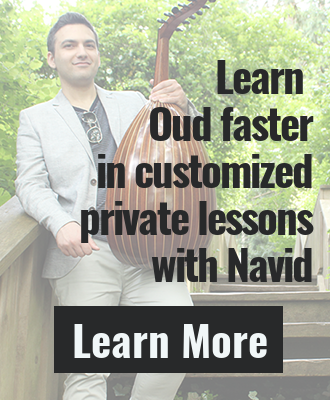Learn a maqam. Here’s how…
Alright, I’ve been going on about this free Ear Training session for a while now, and I’m sure you’re getting tired of it. But seriously, get all the details here and mark your calendar so you don’t miss it.
I also promised yesterday I would discuss many ways to learn a maqam, to learn music, to learn how to improvise in the framework of a maqam.
Okay, here it goes.
1. How I learned.
It’s a long story, but to make it short, I learned the Persian way. That means I had to study the Radif.
It starts by learning songs on your instrument until you gain the ability to play some advanced ornaments. Then you start to be instructed in Radif.
What is the Radif?
The Radif is a collection of melodic compositions in free meter. They are organized in a logical fashion according to the melodic system framework (Dastgah). Before the adoption of western notation, the Radif was passed down aurally from Master to Apprentice, and it was memorized. Nowadays, the Radif is taught with western notation as well as hands-on one-on-one instruction from an instructor.
The Radif is internalized by memorizing it note for note or by memorizing at least the melodic contours, emphasis notes, cadences, and melodic themes. It can then serve as a framework for improvisation and composition.
In the end, I was never taught how to improvise myself. I think this is the case for 99% of all middle eastern musicians. I sat and listened to Persian avaz (non-metered singing) and echoed what I heard. I experimented with trial and error. Now I see the patterns that emerge after immersing myself in the tradition for so many years.
2. Turkish Makam – Composed Seyir
For the most part, the Turkish tradition has also been an aural tradition in terms of learning the nuances of maqams. Before Western notation was introduced, they used Hamparsum notation. Hamparsum has some limitations but basically they were able to preserve compositions to a conveyable degree.
In the last century, some musicians have created composed Seyir for each maqam. Seyir is a term that encompasses melodic development, but can also have other levels of nuance. For the most part in the Turkish tradition the definition of Seyir seems to be limited to melodic development, melodic movement, melodic starting point and end points, as well as characteristic cadences.
3. Arabic Aural Training
I first encountered Arabic aural training (aka Ear Training) at the Arabic music retreat led by Simon Shaheen. I was blown away by the simplicity of the teaching method.
Simon composed some simple melodic patterns in a maqam that are reminiscent of vocal warmups. Then there was a section in a specific traditional rhythm and style with an actual composed melody. Before starting the composed exercise, he would lead the group through some call and response based on his impromptu improvisations on the Oud. Monkey see, monkey do.
This is the basis of the Ear Training exercises I invite you to join with me. Keep reading.
4. Learning Repertoire
Some artists have learned much of what they know from learning repertoire. You’ve likely heard this before. This is a great strategy because most maqam nuances, essential ornaments and embellishments, and modulations can be found in the music itself. When you learn enough tunes in one maqam, you can start to predict where the melody is going to go.
In September I took a Turkish Makam workshop with Ross Daly, and I liked the metaphor he used in describing how you learn a maqam. He said that learning a maqam is like learning about another person. Someone might be able to describe John Doe saying, he’s this tall, he’s tanned skinned, and likes to where sunglasses… But is that really what it means to know the person? He said this is the degree in which theory books can help you. They are of little value. In order to learn about a person you need to spend time with the person. And learning a maqam is like this. It takes time.
So he recommends learning the repertoire and spending time with a maqam.
Conclusion:
Ultimately, learning a maqam will take time. There’s no doubt about it. There’s no shortcut around it. Get real with that reality. Accept it and just go with it day by day, little by little. There are so many characteristics that define a maqam. In Arabic tradition a maqam has a certain definition, and in Turkish they have another definition of what a Makam is. There are also drawbacks to each approach…
- The Persian way requires a certain level of technical skill to learn and play the Radif.
- The Turkish Seyir way is very sparse and doesn’t convey a great deal of meaning, so you need to use the Seyir as well as other aural methods and learning repertoire.
- The Arabic aural way allows for so much variation and little standardization between schools and generations. So things go in and out of fashion and change easily over time.
Creating a Maqam
During the 18th and 19th century, Sultan Selim III started to pay musicians to create makams. How does one create a makam? Well, you need a good definition of what a makam is before you can create one. This is why in Turkish music there are so many maqams in existence, but only so many are in practical use today. There are subtle differences in the makams which make them quite comparable to one another, or very narrow in their scope and melodic possibilities.
It is because of these different approaches that we have an Arabic maqam which shares the same name as a Turkish makam but they are performed differently.
The Solution
Choose a way forward.
Ultimately, we need some guidance to help us navigate and come to some understanding of the nuances of maqams. We need to first look at the surface, then go a little deeper and deeper until we have a complete look at a maqam.
What I like about the method I learned from Simon Shaheen is that it is very straightforward, practical, and experiential way to learn a maqam.
All the elements of musicianship are present in this teaching style.
- Inclusive of musician levels because you use your primary instrument (your voice). You don’t have to be a good instrumentalist or a good singer to participate. You can be a complete beginner and start using these lessons.
- You learn the intervals, and the building blocks (theory encompassing jins that make up a maqam)
- You are exposed to the Seyir.
- You get exposed to short pieces of compositions.
- And most importantly, you are exposed to the spontaneity of improvisation which helps develop your sense for these maqams.
Are you interested in getting exposed to all this too?
That’s great, because you’ll have the opportunity to go through an Ear Training lesson for free with me on YouTube.
Here are the details:
Nov 7, 2020
https://youtu.be/XtaOx1DM74o
8 PM Pacific time
9 PM Mountain time
10 PM Central time
11 PM Eastern time
Tomorrow, I’ll share more information about what’s going to happen in this special Ear Training session and I want to tell you a secret.

